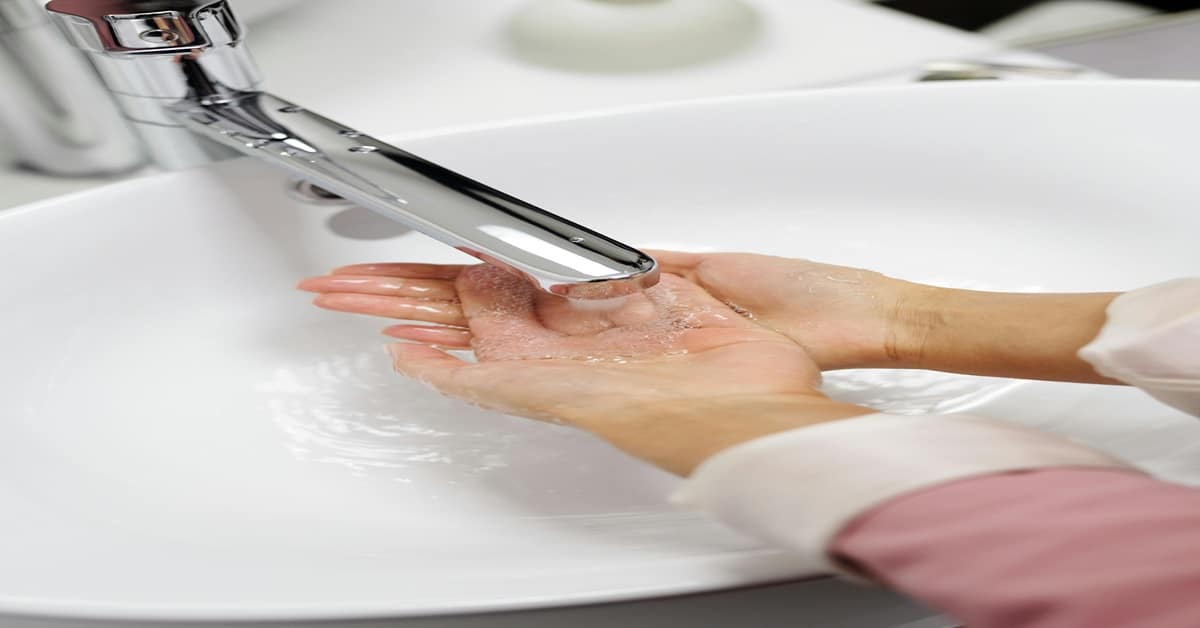CIP Solutions and Their Role in Maintaining Sanitation Standards

In industries where sanitation is imperative, residential affordability is vital. Dishwashers used in Clean-In-Place (CIP) solutions systematically maintain hygiene without the disassembly of equipment. This has become an important method used in the food, beverage, pharmaceutical, and cosmetics industries. Familiarity with CIP solutions and how they fit into sanitary practices, such as sanitization and sterilization (as well as some non-sanitary practices), gives you useful information for effective safety and efficiency.
How to Be Familiar with CIP Solutions
CIP (Cleaning In Place) is a process that uses chemical agents, heat, and water to clean machines and equipment. It is automated and removes the manual cleaning process. CIP (clean in place) is a method to ensure proper cleaning of the equipment by passing cleaning agents through the equipment, causing less downtime between batches.
CIP solutions are very efficient in terms of time, labor costs, and contamination risk. It helps businesses uphold cleanliness in food preparation or delivery, also sustaining adherence to hygiene inspections.
Components of CIP Systems
A typical CIP system consists of several key elements, such as tank pumps, valves, and heat exchangers. Tanks hold cleaning solutions, and the pumps cycle these solutions throughout the machinery. Using valves, the cleaning solution is managed and delivered to ensure that all areas of the equipment are sufficiently cleaned. Heat exchangers control the temperature of the cleaning agents, enabling more effective cleaning capabilities.
CIP systems automate these elements to facilitate the cleaning process and optimize repeatability. Each part is crucial for the most effective sanitation.
CIP Solutions: What Does It Bring to the Table?
These advantages have come with the introduction of CIP solutions. The most important one is the lower labor costs. Automation reduces manpower for process cleaning and allows to utilize the resources for other work. Such an efficiency brings forth savings and acceleration to productivity.
CIP systems achieve consistent results; manual methods can yield inconsistent results. Such consistency is key for core industries that can only tolerate limited deviations from hygiene levels.
Additionally, the CIP solution contributes to safety as people do not have to be in contact with the cleaning agents. Automation minimizes manual handling, reducing the possibility of accidents and providing a more secure workplace.
Environmental Impact and Sustainability
CIP solutions profess to aid in sustainability. These systems minimize waste by refining water and energy. If possible, they also recycle environmentally friendly cleaning agents, further reducing unnecessary scrubbing.
CIP is more efficient, so less water and chemicals are required. As a result, it also reduces the carbon footprint on the earth and helps to preserve the environment loved by all of us.
Drawbacks/Pitfalls
Although CIP solutions can be extended to more functionalities, there are some challenges with using the CIP protection solutions. Setting up your automated systems may involve an initial investment in equipment and technology, which can be quite large. But the expense is worth the long-term savings.
Another point to keep in mind is that it requires maintenance. CIP systems need to be periodically inspected and serviced, in order to achieve optimal performance. Taking care of the system helps to avoid breakdowns and ensures that the system works with efficiency.
It can even be a problem if it is incompatible with existing equipment. Businesses must ensure that their machinery is compatible with CIP implementation. Getting in touch with experts will help you design the right type of system while avoiding incohesive compatibility issues.
Future of CIP Solutions
Advancements in technology, such as smart sensors and real-time monitoring, are improving the efficiency of the systems and processes. These technologies enable managed tracking of cleaning processes and data-driven decisions.
AI and ML integration is also nearing reality. Other technologies will automate and optimize cleaning processes even further and with the same or greater reliability.
With increased focus on hygiene and sustainability across industries, the CIP solutions market is expected to witness high demand. Implementing these technologies can help businesses gain an edge over their competitors and keep them in line with high sanitation standards.
CIP systems play an important role in maintaining sanitation standards in several industries. Utilizing advanced robotics for cleaning has several advantages, including cost savings, consistency, and improved safety. Overall, the benefits of the CIP solution are obvious, despite the pain points.
With the growth of technology, such systems will evolve further, bringing more efficiency and reliability. CIP solutions are the most valuable asset for businesses that adhere to high hygiene standards. These systems hold great importance, and by understanding and implementing them, the respective industries can ensure that their practices are safe, compliant, and sustainable.
Observer Voice is the one stop site for National, International news, Sports, Editor’s Choice, Art/culture contents, Quotes and much more. We also cover historical contents. Historical contents includes World History, Indian History, and what happened today. The website also covers Entertainment across the India and World.
Follow Us on Twitter, Instagram, Facebook, & LinkedIn

